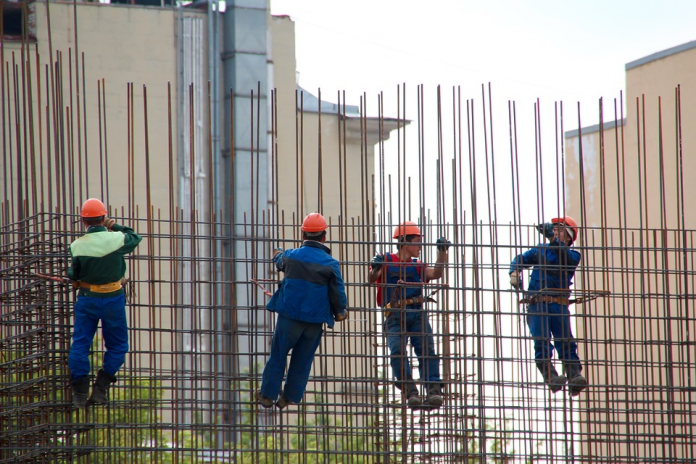Signs informing the public that construction projects underway abound, no matter what borough you are in. With a population of more than 8.6 million people throughout New York City, bridges, buildings, sewer holes, and sidewalks are frequently in need of restoration and repair.
In addition to restorative construction, structural developments slated to accommodate new community centers, businesses, and burgeoning families go up frequently throughout the Big Apple. All of this construction brings with it not only a plethora of scaffolding and construction crews, but signs around NYC that say, and with very good reason, “DANGER! CONSTRUCTION AREA- KEEP OUT!”
Construction Oversight and OSHA
The Occupational Safety and Health Administration, known by its colloquial abbreviation, OSHA, is the federal agency tasked with overseeing and regulating workplace safety. OSHA’s purview includes private and municipal work sites, including construction zones. You can probably imagine, based on the inherent risks involved in all types of construction, just how many guidelines and rules must be followed.
Signs alerting pedestrians to stay out of hard hat areas or walk only under scaffolding are the direct result of OSHA regulations. But the agency is not only concerned about the safety of the people who walk past construction sites, but the workers who regularly hang from wires, scale buildings, drill with deafening power tools and handle hazardous materials, all as part of a day’s work. In short, safety regulations are enforced with the intention of keeping everybody as safe as possible.
Construction Site Risks
Despite well-intentioned safety rules that are supposed to safeguard both the people building our infrastructure as well as those who use it, accidents and mishaps occur. According to the Occupational Safety and Health Administration, one fifth of all workplace deaths in 2017 occurred on construction sites. The top four causes of construction site deaths referred to as the “fatal four” and comprising more than half of all construction deaths in the same year include falls, being hit by an object, getting electrocuted, and being stuck, pressed, or crushed between construction material. Considering the intrinsic risks of construction and the fact that site accidents far outweigh construction-related deaths, it is clear that the laws that govern these sites must be strictly followed.
Pedestrians, while not involved with the work itself, are also at risk of severe injury and death at or near construction sites. Accidents for which passersby are at risk include overturned forklifts, exposure to hazardous chemicals used on site, rickety ladders, plunging scaffolding, electrocution, and falls.
Injuries from Construction Accidents
Broken bones, diminished sight and hearing, limb amputations, disfigurement, and permanent disabilities are just some of the injuries construction accident victims face. The pain, suffering, and loss of wages, even if temporary, can be devastating and cause untold emotional and financial distress.
Any type of construction accident runs the risk of drastically altering one’s quality of life. This can include the inability to work, failure to provide financially for one’s family, and incapacitation that precludes the performance of independent activities of daily living such as bathing, toileting, getting dressed, and eating.
What Happens If You Are Involved in a Construction Accident
The injuries suffered in construction accidents can be serious and fatal. If you have been involved in a construction accident, whether you think you are fine or can barely think at all, you must contact attorneys who are well versed in injury law. For more information click here, so you can get the help and compensation you need and deserve.
Find a Home-Based Business to Start-Up >>> Hundreds of Business Listings.

















































